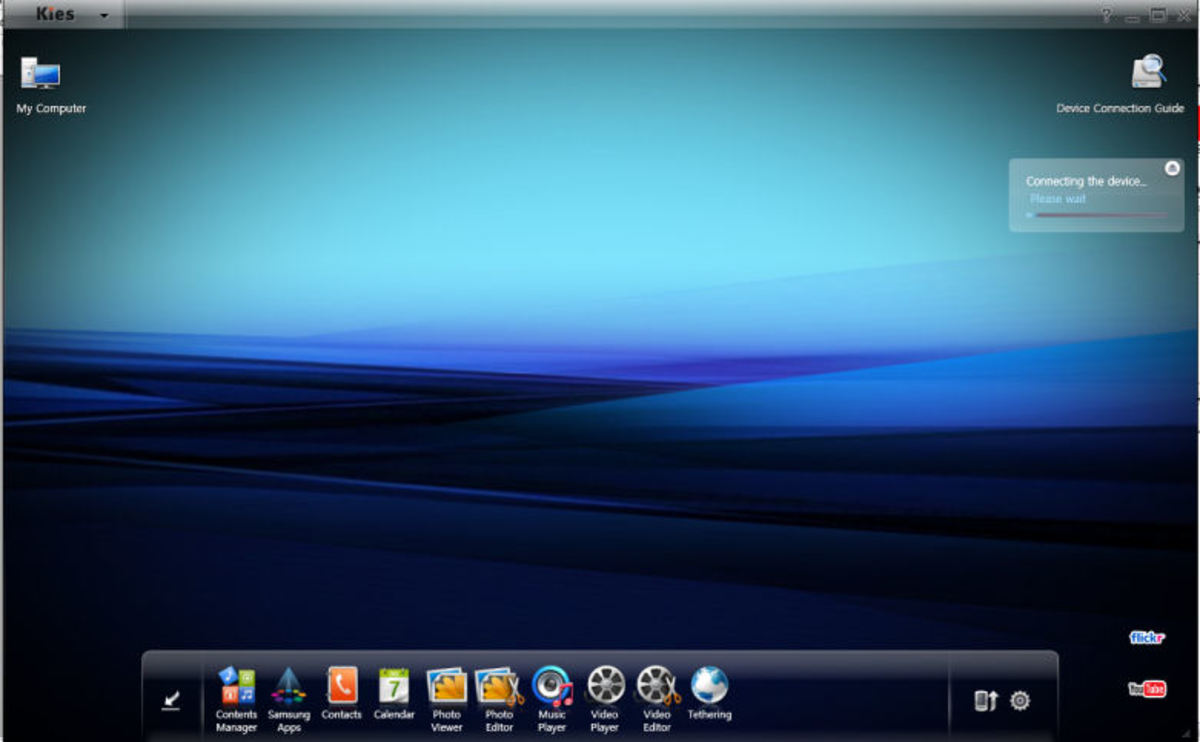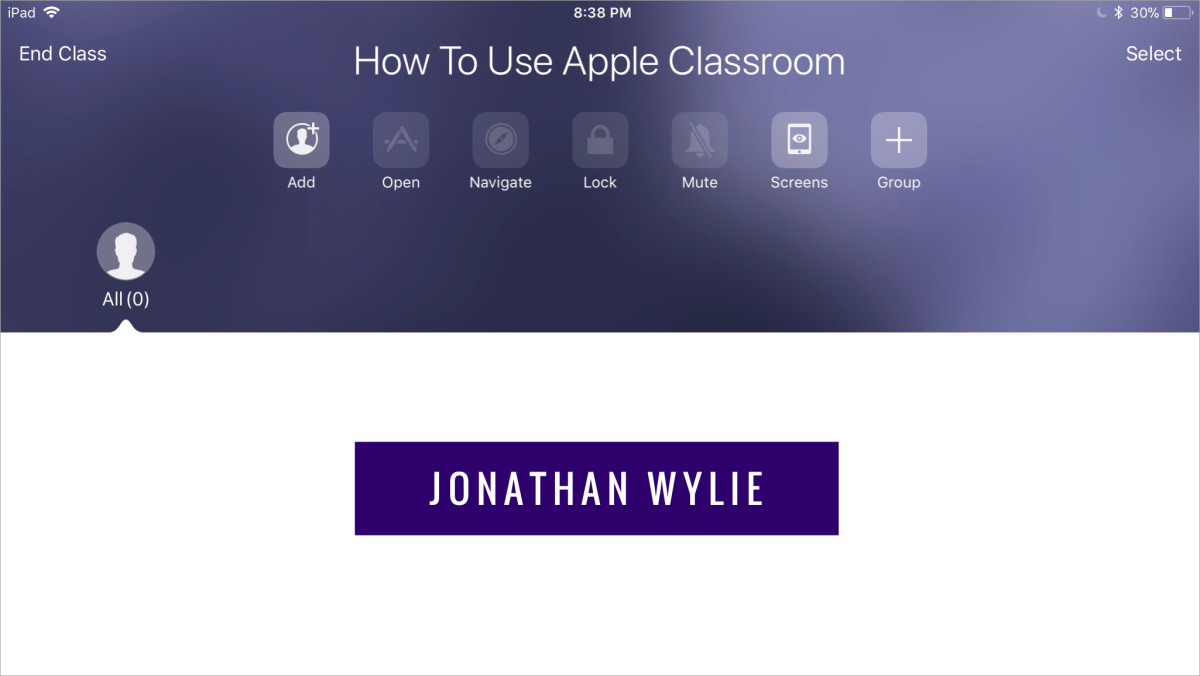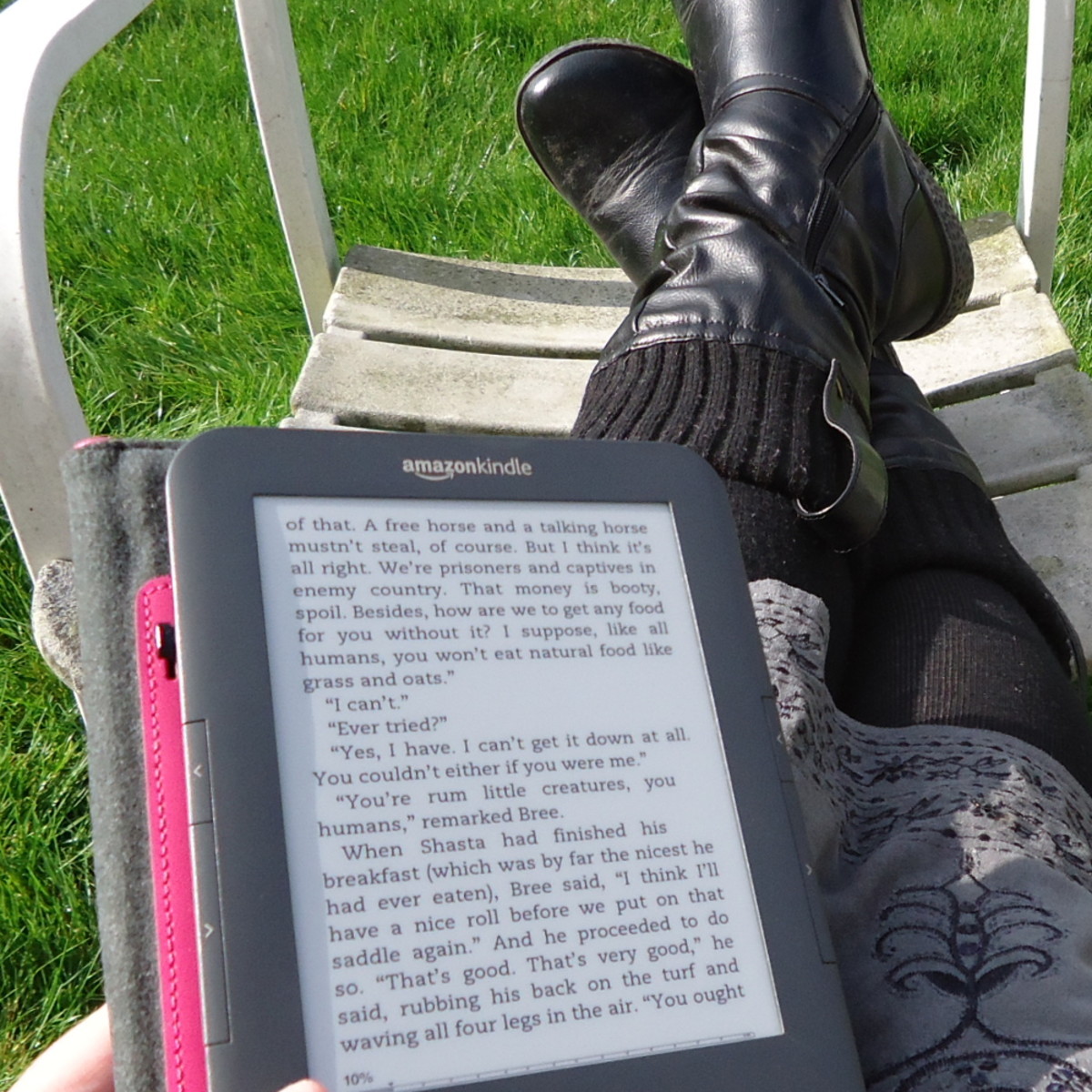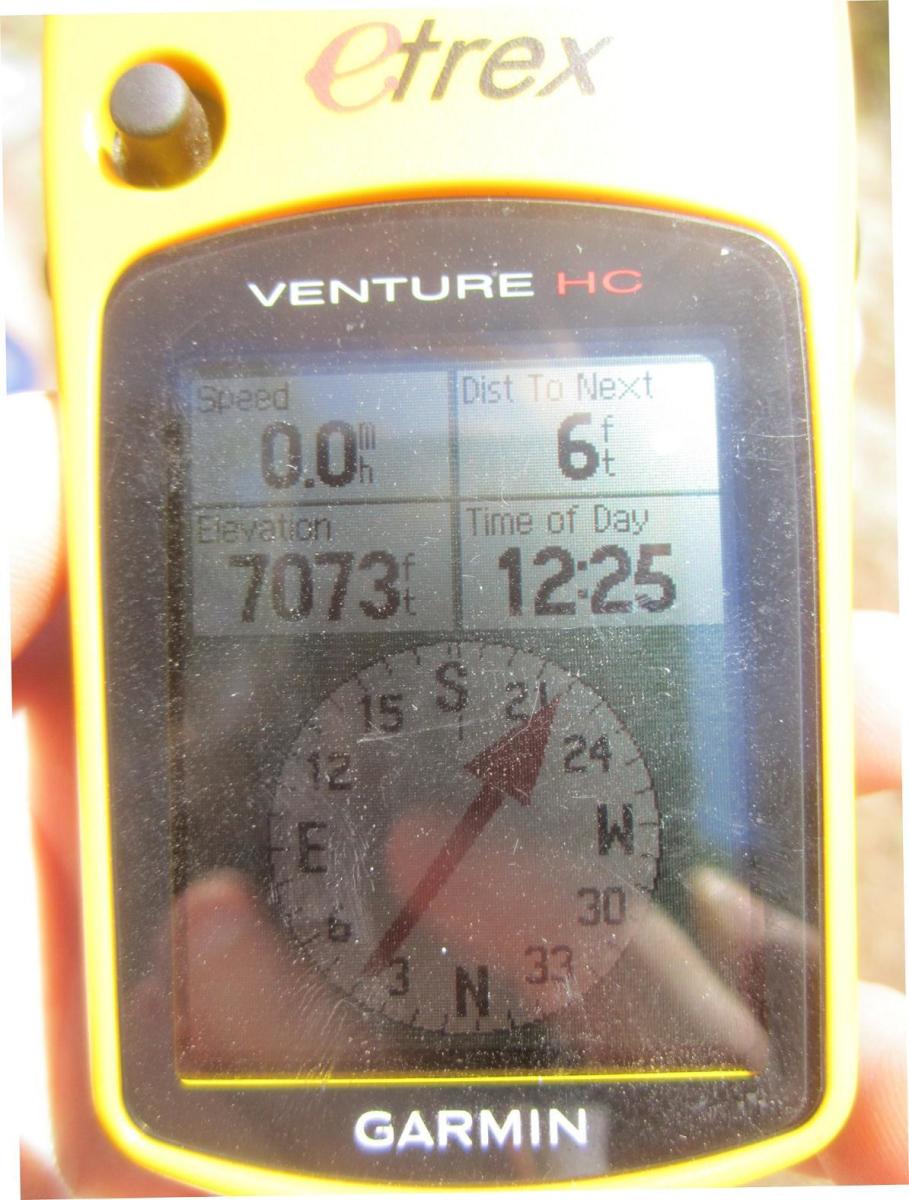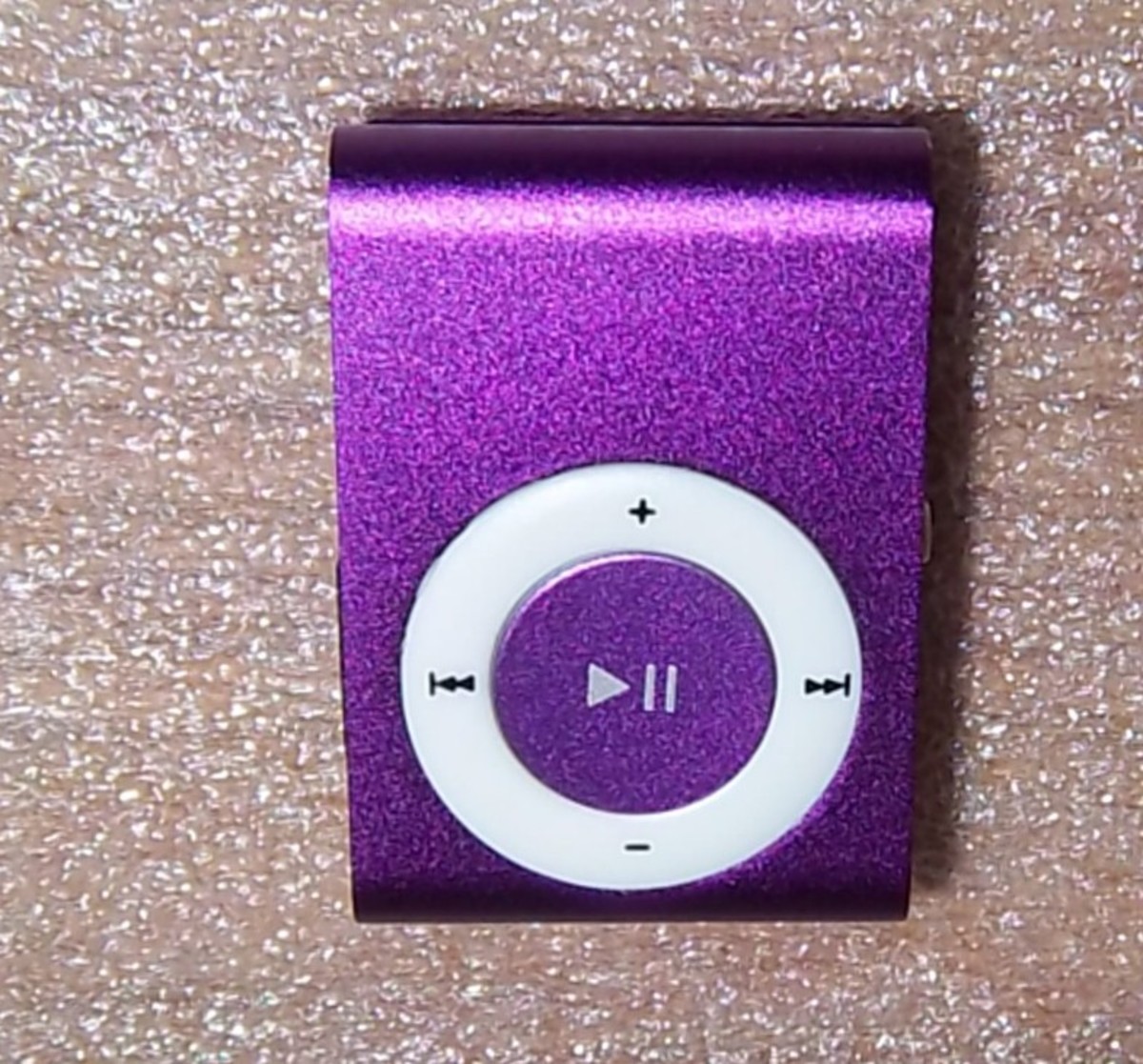GPS Navigation Systems and What They Can Do for You.
Parts of a GPS System

GPS Navigation Systems are Everywhere
Once, not too long ago, if you wanted to use a good Navigation system when you traveled, you needed to purchase your own GPS Receiver Unit.
But today, many of the vehicles on the road will have a Navigation Receiver System built into the vehicle itself for the convenience of the driver.
Probably the most popular way to utilize GPS signals is with a Navigation AP that you can install on your SmartPhone. Many other APs on your SmartPhone will use GPS signals to help you find places and items that you want to purchase.
Which one is right for you? Read on for a simple, non-technical explanation of how these can meet your traveling or even shopping needs when you are looking for a store or Doctor's office, or whatever address you may need to find.
Using a good GPS Navigation AP (application) when you travel
Once, travel was a task that required a lot of planning and you would usually make several stops along the way to ask other people for directions.
People often stayed on the major roads out of fear of getting lost, and as a result they missed seeing and experiencing so much of the beauty of America.
At one time, there were little dash-mounted navigation devices, which became more popular and their prices dropped. In fact, they became the norm for a decade or so, for anyone who wanted accurate driving directions when they traveled.
As people used their GPS devices more and more, they gained confidence in them and their accuracy; and rural America was literally opened up to a new kind of traveler, the Rambling Tourist.
A tourist used to be someone who lived a point-A and traveled directly to point-B and spent their vacation time at point-B.
But today, towns, hotels, motels and such have had to cope with this new breed of traveler, the Rambling tourist. A Rambling Tourist might take a few days or even a week or two of vacation and just head in a general direction, hoping for a new traveling adventure, making their trips much more interesting.
And as they all traveled more, using the power of their GPS device, they began to demand more and more functionality of their navigation device.
They wanted to know more about where they were going and what was along the road they were traveling.
GPS Device and software update prices
For a while the stand-alond GPS devices held their own against the Smart-Phone navigation APs, but eventually they had to drop by the wayside because the SmartPhone APs were free to use and the stand-alone devices cost money and they charged for updates to their mapping software.
These GPS devices were designed for one function, GPS navigation, and they couldn't compete with the multi-functional Smart_Phones.
So, today the definition of a GOOD GPS Navigation AP is not reliability so much as, does it have all of the functions that I, personally want in my device.
Specialty Navigation Functions
One thing you should understand is the fact that there are still different navigation functions that certain drivers and travelers require of their GPS APs.
Many people just want to get directions to a local store or to a specific address in another town and they only use their Navigation AP occasionally.
While, on the other hand, there are drivers that not only travel often but they also have very specific needs and requirements from their GPS device, for instance.
The CASUAL DRIVER:
The Casual Driver is that person I mentioned above who just wants a simple aid to find a store or get directions to a place or town that they are not familiar with. And there are a wide range of devices out there for them, and they are relatively cheap.
The HEAVY DRIVER:
The Heavy Driver, on the other hand is someone who travels often. They might be a sales person, a long distance commuter, or just someone who is out and enjoying a lifestye of traveling and exploring, on weekends.
These people generally have more demands for their GPS device such as; Hotels, Motels, Fuel Stops, Restaurants, or even local attractions in certain areas.
These units are also relatively simple today, but can cost a few dollars more than the entry level devices.
The TRUCK DRIVER:
The Truck Driver has very specific needs when he is traveling around the country.
The Big Rig truck drivers need to be routed via streets and roads that his big Tractor-Trailer can use safely and quickly.
This often means that Truck Drivers have to use specific roads that are designed to handle the weight , width, length and height of the average "Tractor-Trailer" rig.
Because their needs are so different from those of someone driving a standard automobile there are certain AP vendors that provide quality GPS Navigation APs designed specifically for them. And, as you would expect these APs are at the top of the price range for Navigation software.
The RV or MOTORHOME DRIVER:
Today, just like with the commercial truck drivers, you can almost be guaranteed to find a GPS Navigation device mounted onto the dash of every Motorhome, or towed RV owner's vehicle.
RV drivers have their own specific list of requirements for their GPS Navigator. In addition to those of a Casual Driver, the Heavy Driver, or the Truck Driver. They have a need for more information on Fuel Stops, Rest Areas, Shopping Mall parking lots, Public parking areas, and more.
Their needs are driven by the fact that once they are on the road, they are either driving a very large motorhome or a towing a vehicle hooked to the RV. Their size alone forces them to seek more road and roadside stop information.
Some RV drivers will, like the Casual Drivers, just use one of the more popular navigation APs such as; GOOGLE MAPS or MAPS (by Apple).
These two applications are so good that they set the standard for anyone who whats to get into this Navigation AP market.
And today, this large group of RV drivers really want all of the information that they can get as they travel to make their trip safer and more enjoyable. T
Navigation Tips and Tricks
There are any number of ways to improve your driving by using the power of your Navigation AP, and here are just a few;
SETTINGS:
Always take the time to go through the menus on your navigation AP and set everything you can to what helps the AP define your vehicle and your driving preferences.
Setting such as; whether you want to get to your destination by the fastest route or the shortest route, or even the scenic route can really make a difference to your trip.
FAVORITES:
I recommend that you sit down with your SmartPhone and take the time to enter the coordinates of your favorite addresses, whether; family, friends, stores, sports arenas, HOME and WORK, or whatever.
Once you have entered these favorite destinations, it only takes a press of a button to have the map software set up and operating.
This is a great thing to use, even in town when you run up on a traffic jam or a street under construction, and you need to just get around it.
ROUTES:
If you have traveled a route, and it worked out well for you, save the complete route for the next time you might need it, and save yourself some time, making changes every time you go to that destination.
POI's
A POI is a Point of Interest. All SmartPhone APs will include a variety of the POI's that you can use to quickly find; a business or bank, or shopping center, or restaurant or even a Rest Area along a highway, simply by typing its name onto the screen.
While there are numerous categories of POIs listed on these navigation APs, you can even generate your own POI list or at lease add an specific one that might not be in the software that came with the AP.
This content is accurate and true to the best of the author’s knowledge and is not meant to substitute for formal and individualized advice from a qualified professional.

